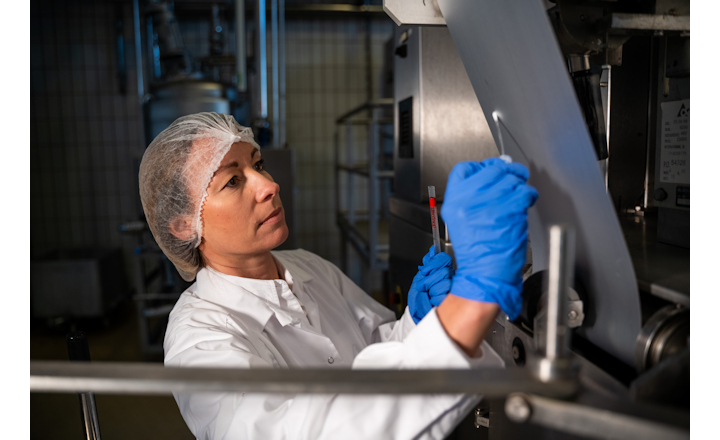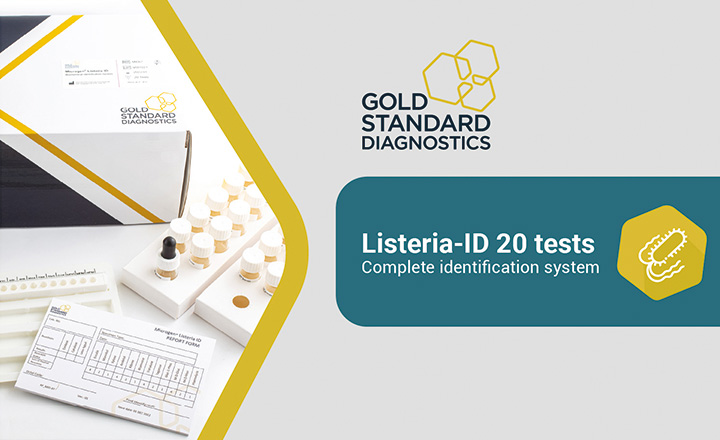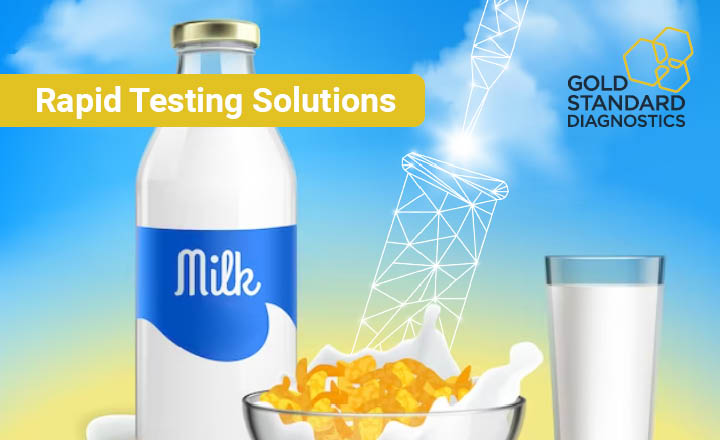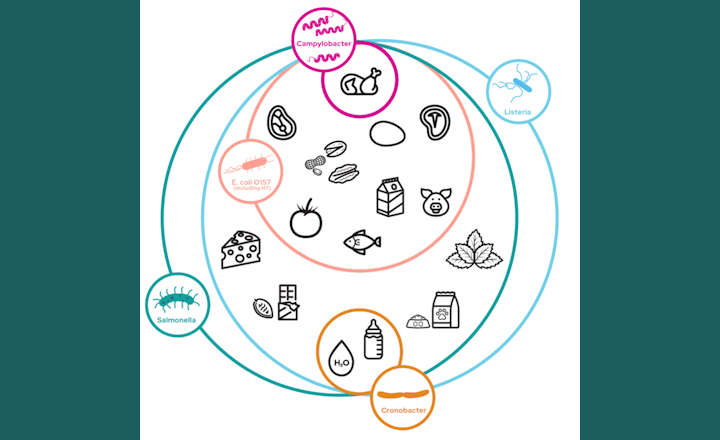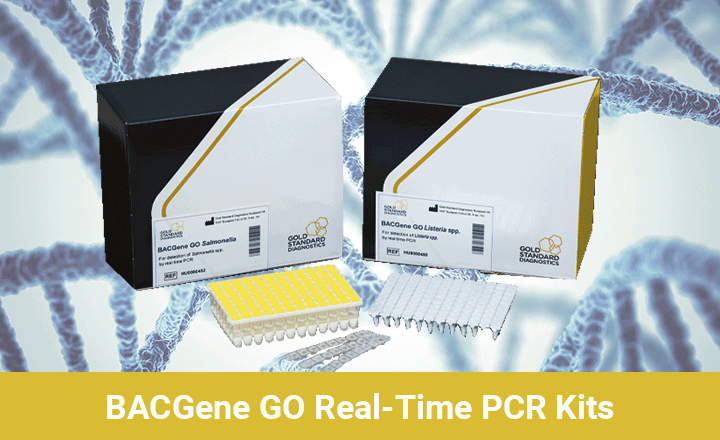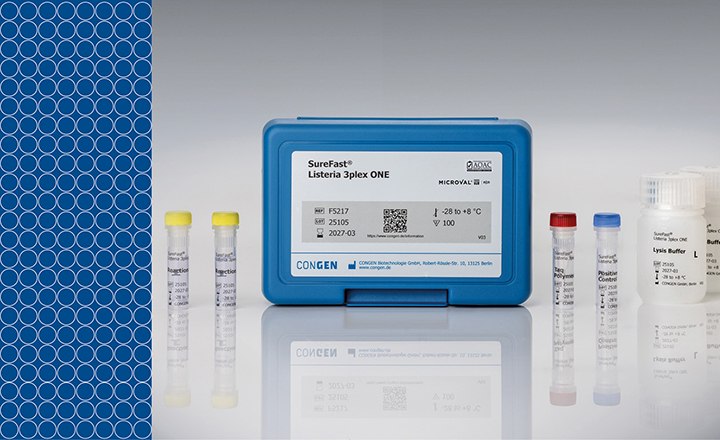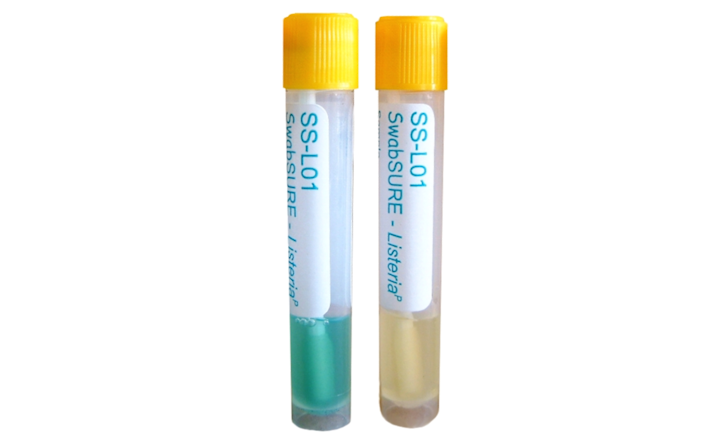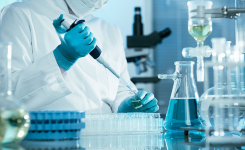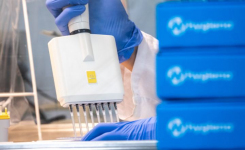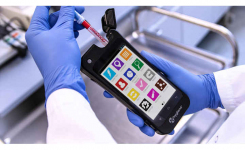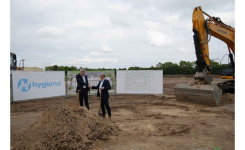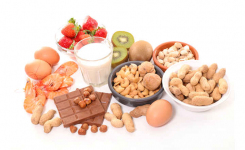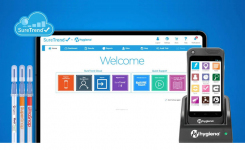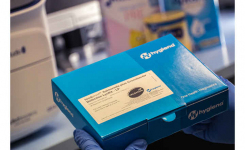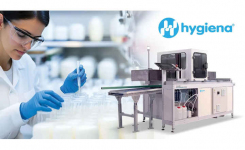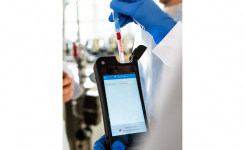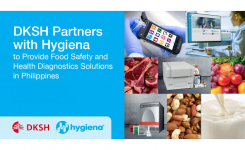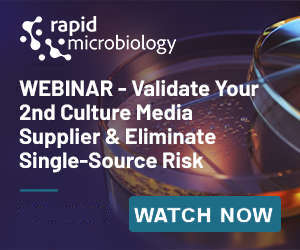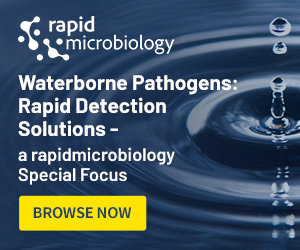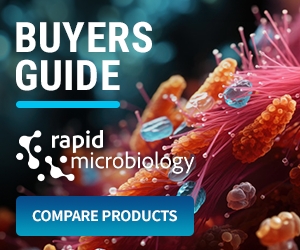Introduction – Insights from the Report
The Interagency Food Safety Analytics Collaboration (IFSAC) recently released their report titled, "Foodborne illness source attribution estimates for Salmonella, Escherichia coli O157, and Listeria monocytogenes (United States, 2021)." This comprehensive study analyzed data from 1,322 outbreaks spanning 1998 to 2021. It provides annual estimations of foodborne illnesses linked to various food categories, specifically focusing on pathogens like Salmonella, Escherichia coli O157, and Listeria monocytogenes.
Remarkably, over 75% of Listeria illnesses were traced back to dairy products, vegetable row crops, and fruits. Although data on Listeria outbreaks are relatively scarce, the heightened risk it poses to vulnerable groups like pregnant women and immunocompromised individuals, particularly through the consumption of soft cheese made from unpasteurized milk or under unsanitary conditions, is well-documented. Furthermore, ongoing outbreaks linked to fruit contamination underscore the significance of these findings.
Introduction - Current Outbreaks
Echoing these revelations, recent FDA recalls include a variety of products like cantaloupe (due to potential Salmonella contamination), ice cream, yogurt, ice cream bars, and several types of stone fruits, all suspected of harboring harmful Listeria monocytogenes.
Combat Listeria in Produce - The Concern for Agribusiness
The presence of Listeria in environments where fruits and vegetables are cultivated poses a significant challenge. Found in soil, water, and decaying vegetation, it necessitates the adoption of Good Agricultural Practices (GAPs) and a robust monitoring program. This program should be backed by actionable data and appropriate testing to mitigate the risk of hazards like L. monocytogenes in agricultural inputs and environments, thereby enhancing food safety.
Water Testing
The importance of water quality in agriculture cannot be overstated. Listeria monocytogenes can contaminate fresh produce and soil through various water sources, including sewage water used as fertilizer or natural sources like creeks and ponds. The growing reliance on diverse water sources for irrigation, such as recycled or reclaimed waters, particularly under the pressures of climate change, raises concerns about microbiological quality.
Ensuring water quality is crucial for product safety. Factors like seasonal variations, surrounding land use, and animal presence can affect microbial quality. Fortunately, tools like Hygiena’s ATP and indicator tests, combined with the portable EnSURE® Touch device, enable easy water analysis, facilitating active water management based on solid risk assessments to ensure product quality from the outset. Explore our produce testing solutions here.
Screening Approaches – ATP and Listeria Monitoring
Processing – Sanitation and Biofilm Prevention
The risk of fresh produce contamination with pathogens extends into the post-harvest stage. Listeria, transferred from raw fruits and vegetables, can establish itself in packing facilities, even in cold, wet conditions. Sources of contamination include animals, insects, rinse water, dirty equipment, surfaces, and human handling. While methods like antimicrobial agents and UV radiation can reduce microbial load, the resilience of L. monocytogenes, especially within biofilms, poses a unique challenge.
Preventive Measures and Biofilm Management
Effective cleaning and sanitation programs are crucial for preventing Listeria from becoming entrenched in facilities. Routine spikes in HACCP cleaning verification testing can indicate ineffective cleaning or residual biofilms. Addressing biofilms, produced by bacteria including L. monocytogenes, is essential, as they can shield the bacteria from normal cleaning procedures, leading to contamination of produce.
Environmental Monitoring
The effectiveness of cleaning and disinfection strategies must be verified. Hygiena’s products offer solutions for environmental sampling that are convenient and efficient. Tools like InSite® serve dual functions as both sampling and testing devices. ATP testing, an industry standard, provides quantitative insights into cleaning effectiveness and residual microbial debris. Additionally, focused screening approaches enable direct detection of Listeria.
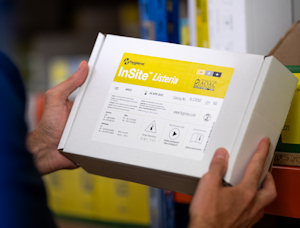
Read our technical bulletins for more information:
Data Management - Differentiating Transient vs. Resident Listeria and Outbreak Investigations
Distinguishing between transient and resident Listeria requires thorough investigation and data tracking. The SureTrend® platform offers comprehensive oversight of all testing across sampling sites, enabling detailed analysis of anomalies and deviations. This data management tool supports root cause analysis, incident reporting, and audit preparation.
L. monocytogenes Testing - Comprehensive and Efficient Strategies
Managing Listeria involves frequent testing and verification of positives for targeted corrective actions. Combining biochemical screening with advanced tools like BAX® PCR streamlines sample collection, enrichment, and verification. Technologies like ListeriaQuant™ offer rapid, quantifiable results, aiding in the assessment of corrective actions.
- Presumptive Positives from InSite to BAX
- BAX System ListeriaQuant Development and Verification for Environmental Swabs
EMP and Final Product Testing with L. monocytogenes PCR
Traditional methods for detecting Listeria monocytogenes are time-consuming. Alternatives like ATP testing and InSite Listeria products offer efficient everyday screening. PCR testing has emerged as a reliable, rapid method for confirming positive samples, especially in environmental monitoring and final product testing.
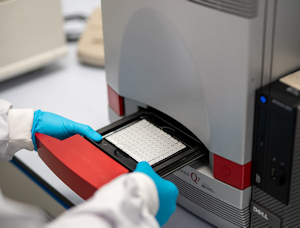
Explore our technical bulletins for detailed insights:
- Validated Enrichment Parameters using the BAX System to Assess EMP for Listeria
- Compatibility of the BAX and Sponge with Wide Spectrum Neutralizer for Listeria
- Detection of L. monocytogenes in Raw and Processed Fruits and Vegetables
- FDA's Multi-State Produce Study Using BAX® System PCR Assays
In conclusion, the IFSAC's comprehensive report underscores the critical role of dairy and produce in over 75% of Listeria-related illnesses in the US. The recent outbreaks linked to products like ice cream, yogurt, and various fruits align with these findings, highlighting the need for vigilant safety practices in the food industry. Addressing Listeria contamination requires a multifaceted approach, encompassing water testing, effective sanitation, biofilm management, and advanced environmental monitoring.
The adoption of efficient screening methods, such as ATP and Listeria monitoring, coupled with innovative technologies like PCR testing, enables more precise and rapid detection of Listeria. Data management tools like SureTrend further enhance the ability to track and analyze testing results, guiding informed decision-making in contamination prevention and control.
It is imperative for the food industry, particularly those handling dairy and produce, to stay informed and adopt these advanced practices. By doing so, they can significantly mitigate the risks posed by Listeria, ensuring the safety and well-being of consumers while maintaining the integrity of their products.
Visit Hygiena to learn more, or use the Request Information button below to connect directly with the supplier by email.
Sources:
https://www.fsis.usda.gov/sites/default/files/import/LM-at-Retail-Brochure.pdf
Interagency Food Safety Analytics Collaboration. Foodborne illness source attribution estimates for 2021 for Salmonella, Escherichia coli O157, and Listeria monocytogenes using multi-year outbreak surveillance data, United States. GA and D.C.: U.S. Department of Health and Human Services, Centers for Disease Control and Prevention, Food and Drug Administration, U.S. Department of Agriculture’s Food Safety and Inspection Service. 2023.


